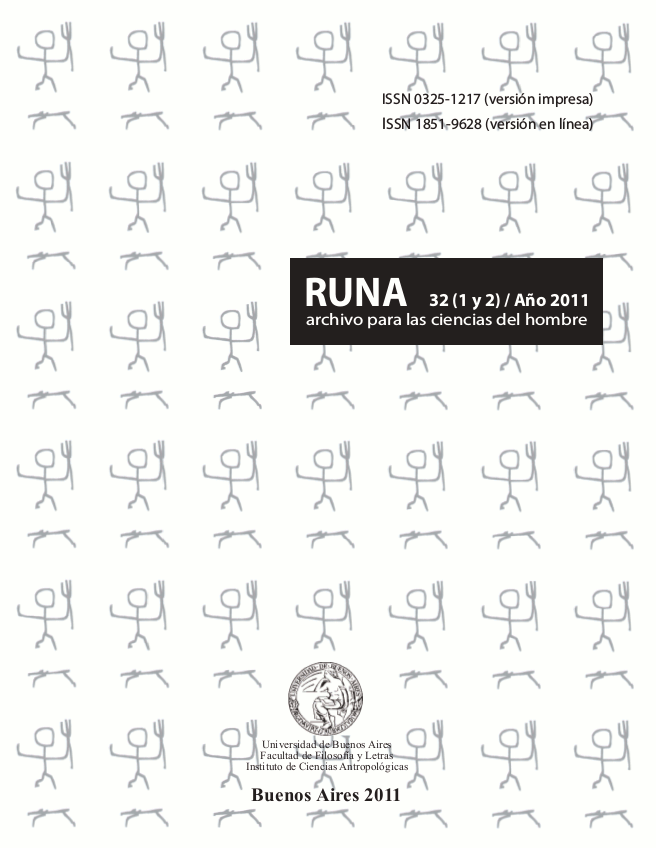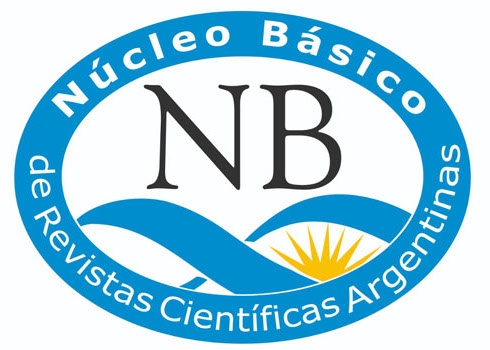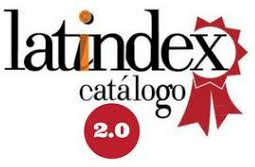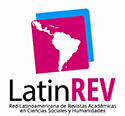Human peopling, ecological differentiation and phenotypic diversification in America
Abstract
Modern humans have occupied different regions of the world for the past 80,000 years. America was the last continent to which they arrived during this process of expansion. This paper reviews and discusses current knowledge regarding the dispersion, divergence and diversification of American populations using molecular, archaeological and morphometric evidence. Molecular evidence supports a divergence from Central Asia ca. 15,000 years ago and a serial founder effect during human dispersion into America. In addition, morphometric studies suggest that environmental variables such as diet played an important role on the phenotypic diversification among these populations during the Holocene. However, further investigations will require the use of nuclear molecular markers, older skeletal samples, as well as discussing the causes of molecular and morphometric variation and the importance of ecological variation. These investigations will enable a more complex picture of the diversification of Native Americans.Downloads

Runa, archivos para las ciencias is a publication of the Instituto de Ciencias Antropológicas, Facultad de Filosofía y Letras, Universidad de Buenos Aires and is distributed under a Creative Commons Attribution 4.0 International License.
Runa maintains its commitment to the policies of Open Access to scientific information, considering that both scientific publications and publicly funded research should circulate on the Internet freely, free of charge and without restrictions.
The contents and opinions expressed in published articles are the sole responsibility of their authors.



















